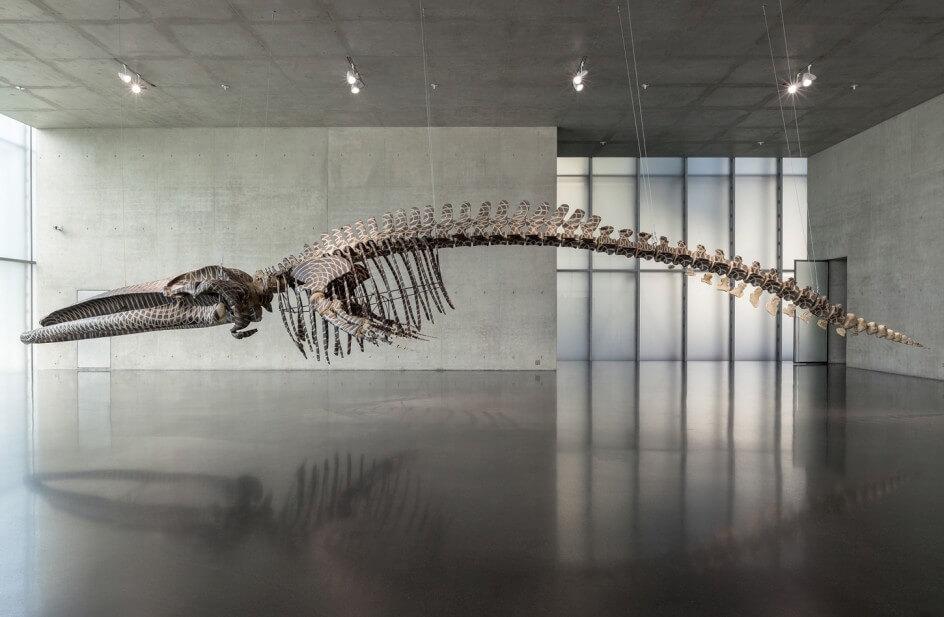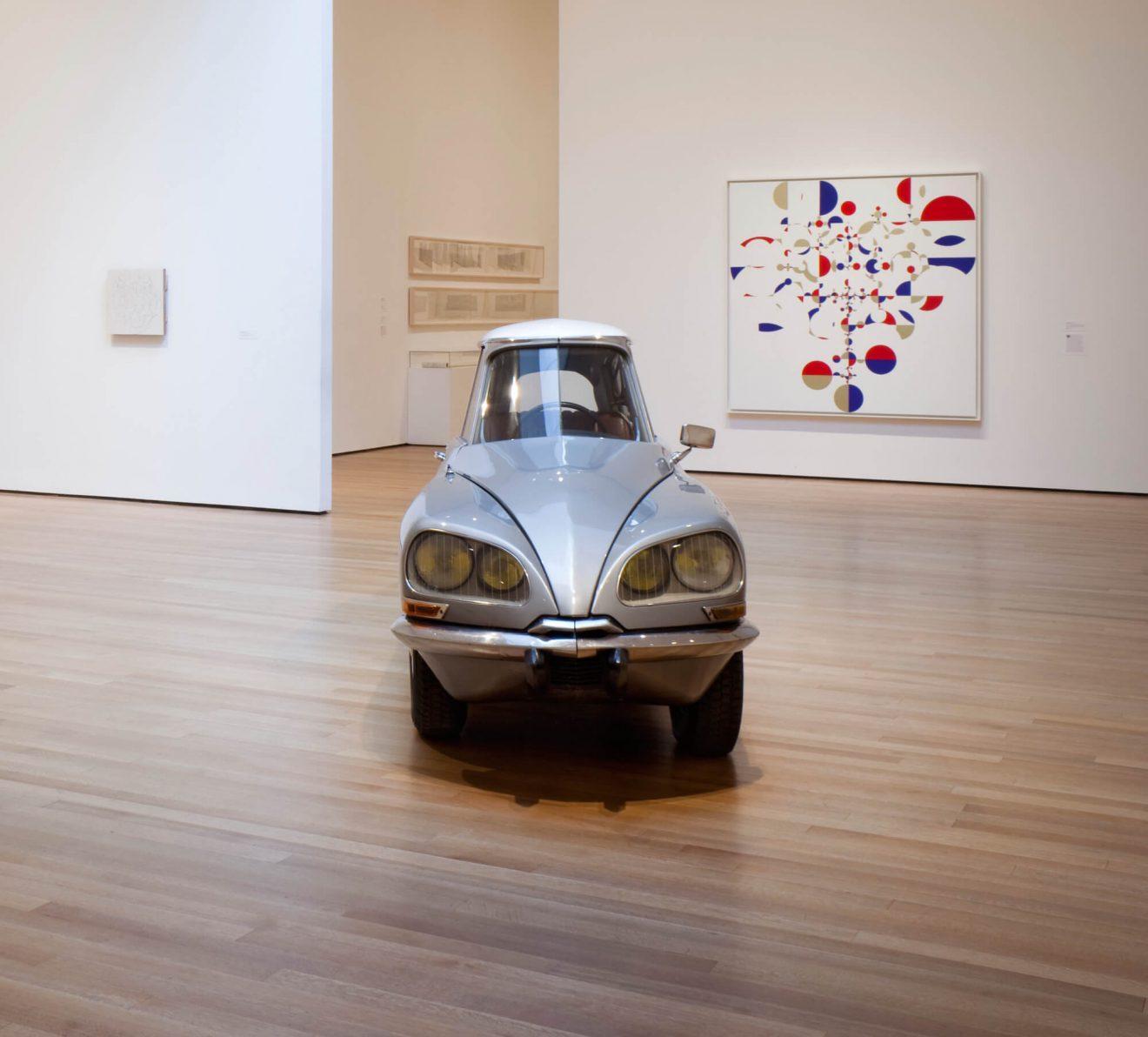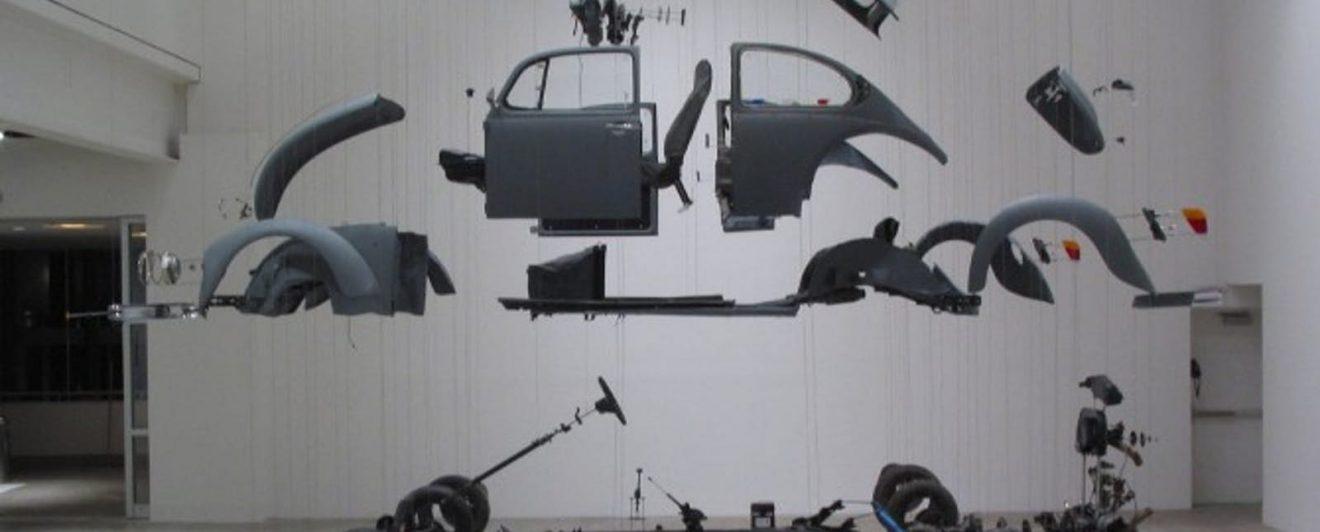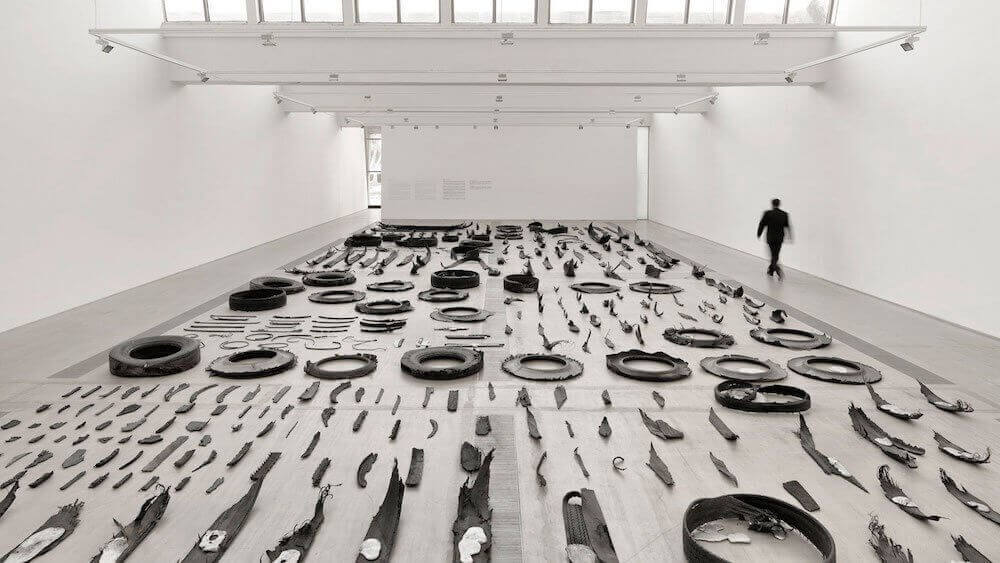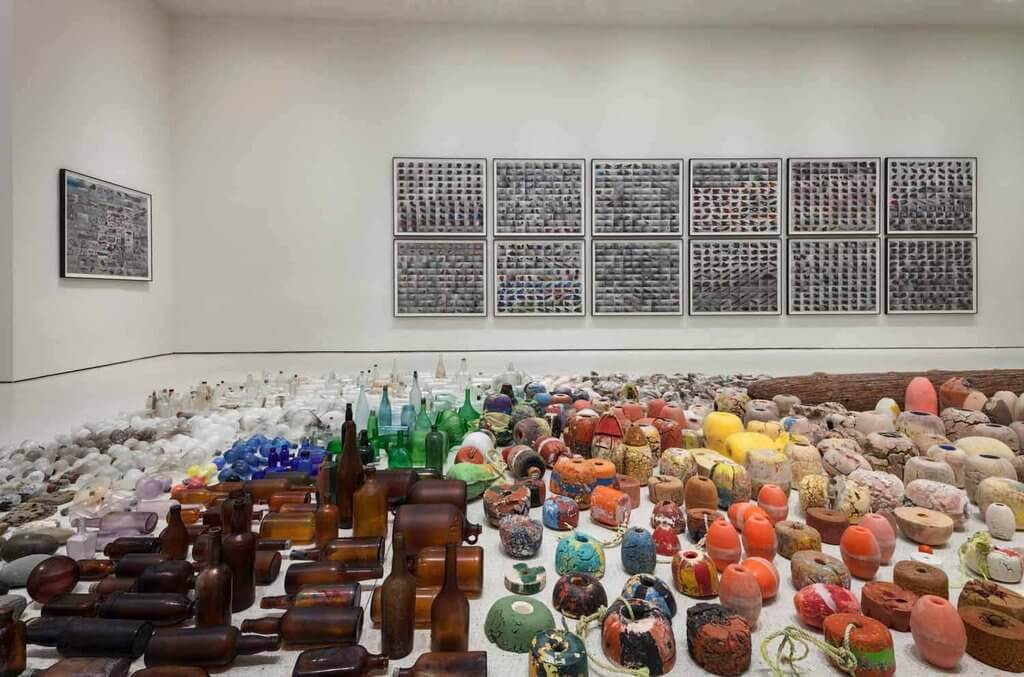Mexican artist, born in Jalaga. His work combines elements of performance, sculpture, drawing, and installation, and is rooted in paradox, games play, and the unexpected. Sometimes he seems to be extending the Duchampian idea of the ready-made by thinking of the whole world as a collection of potential artworks. In Until You Find Another Yellow Schwalbe (1995), he rode around Berlin on a yellow scooter photographing similar ones. Whereas Duchamp claimed, somewhat disingenuously, an indifference to his choice of object, Orozco dramatizes the relationship between the choice and the artist’s identity. In 1996 he made an oval billiard table without pockets, which he described as ‘a speculation relating to space, topography, mathematics, and the logic of the object itself’. His most elaborate application of mathematics to the object is Black Kites (1997). This is a human skull on which is drawn an exactly plotted chequerboard design which took the artist six months to draw by hand. Again it is tempting to reference Duchamp, who famously at one stage renounced art for chess. Orozco has also made hand-crafted objects out of fired terracotta. Although critics have found it hard to classify his work, it is marked by a preoccupation with the precarious status of art-making in the contemporary world and the tussle between taste and theory.



